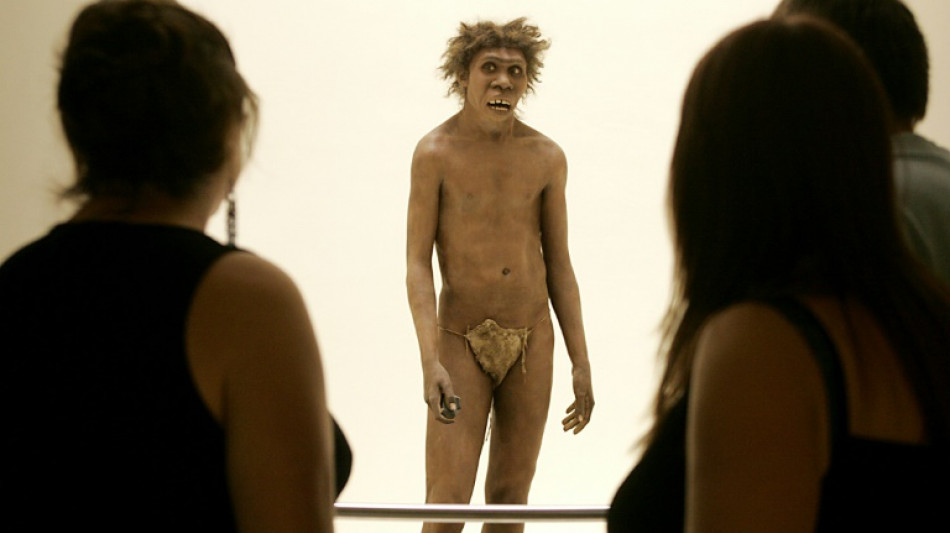
-
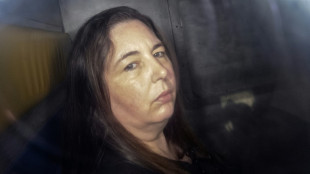 Australia's mushroom murderer faces victims' family in court
Australia's mushroom murderer faces victims' family in court
-
'Over the moon': Filipino Eala bags historic first at US Open

-
 Fleetwood triumphs at Tour Championship for elusive first PGA Tour title
Fleetwood triumphs at Tour Championship for elusive first PGA Tour title
-
Mbappe fires Madrid to victory at Real Oviedo

-
 Giroud strikes late to lift Lille past Monaco, Rennes implode early at Lorient
Giroud strikes late to lift Lille past Monaco, Rennes implode early at Lorient
-
Israeli bulldozers uproot hundreds of trees in West Bank village

-
 David strikes on Serie A debut as Juve ease past Parma
David strikes on Serie A debut as Juve ease past Parma
-
Sabalenka into US Open second round as Fritz, Shelton advance

-
 Israeli strikes in Yemen's capital kill four, Huthis say
Israeli strikes in Yemen's capital kill four, Huthis say
-
England's Botterman aiming to be world's 'best loosehead prop'

-
 Kneecap defy critics with 'Free Palestine' chant at Paris gig
Kneecap defy critics with 'Free Palestine' chant at Paris gig
-
New Zealand start Women's Rugby World Cup defence by downing battling Spain

-
 Winless Man Utd need to 'grow up', says Amorim
Winless Man Utd need to 'grow up', says Amorim
-
Shelton romps into US Open second round

-
 Kneecap defy objectors with 'Free Palestine' chant at Paris gig
Kneecap defy objectors with 'Free Palestine' chant at Paris gig
-
US envoy criticises France's lack of action over antisemitism
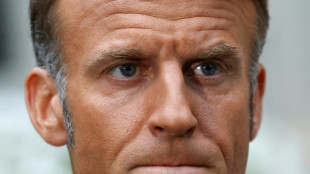
-
 Trump clashes with Democrats as he expands National Guard plans
Trump clashes with Democrats as he expands National Guard plans
-
Raducanu cruises to first US Open win since 2021 triumph

-
 Man Utd still winless after Fulham draw, Everton win to open new stadium
Man Utd still winless after Fulham draw, Everton win to open new stadium
-
Hamburg draws blank on Bundesliga return

-
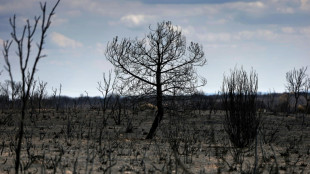 Spain heatwave was 'most intense on record'
Spain heatwave was 'most intense on record'
-
Chaotic Rennes set Ligue 1 red card record and lose 4-0 at Lorient

-
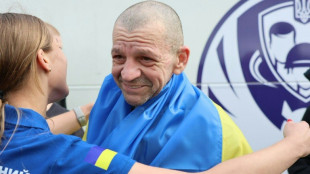 Russia and Ukraine exchange POWs, civilians
Russia and Ukraine exchange POWs, civilians
-
Moyes sees big step forward after Everton win stadium opener

-
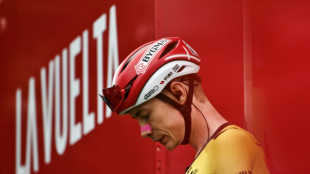 Vingegaard wins on Vuelta mountain to take overall lead
Vingegaard wins on Vuelta mountain to take overall lead
-
Vingegaard wins on Vuelta mountain
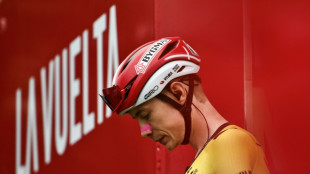
-
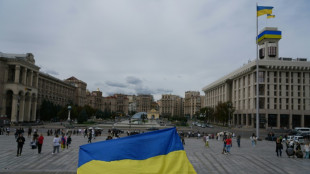 Zelensky calls for Putin talks as peace efforts stall
Zelensky calls for Putin talks as peace efforts stall
-
Everton beat Brighton in new stadium opener

-
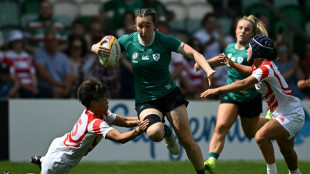 Higgins strikes as Ireland see off Japan in Women's Rugby World Cup
Higgins strikes as Ireland see off Japan in Women's Rugby World Cup
-
Fires ravage an ageing rural Spain
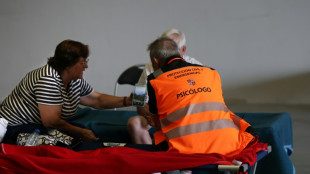
-
 Marc Marquez coasts to seventh successive victory in Hungary
Marc Marquez coasts to seventh successive victory in Hungary
-
Arteta backs Eze to create 'magic moments' at Arsenal
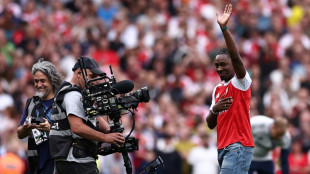
-
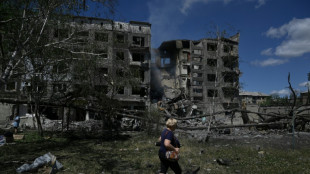 US envoy visits Ukraine on independence day as peace efforts stall
US envoy visits Ukraine on independence day as peace efforts stall
-
Bangladesh and Pakistan bolster ties but war apology 'unresolved'
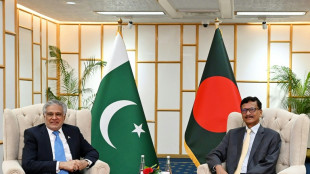
-
 Rowe signs for Bologna after Marseille bust-up
Rowe signs for Bologna after Marseille bust-up
-
Three tons as record-breaking Australia crush South Africa

-
 France's regulator says unable to block dead streamer's channel
France's regulator says unable to block dead streamer's channel
-
UK vows to speed up asylum claims as hotel protests spread

-
 Head, Marsh, Green hit centuries as Australia make 431-2 in 3rd South Africa ODI
Head, Marsh, Green hit centuries as Australia make 431-2 in 3rd South Africa ODI
-
Pujara announces retirement from Indian cricket

-
 Bird call contest boosts conservation awareness in Hong Kong's concrete jungle
Bird call contest boosts conservation awareness in Hong Kong's concrete jungle
-
Kneecap to play Paris concert in defiance of objections

-
 Indonesian child's viral fame draws tourists to boat race
Indonesian child's viral fame draws tourists to boat race
-
Australian quick Morris out for 12 months with back injury

-
 Son scores first MLS goal as LAFC draw 1-1 with Dallas
Son scores first MLS goal as LAFC draw 1-1 with Dallas
-
India's Modi dangles tax cuts as US tariffs loom
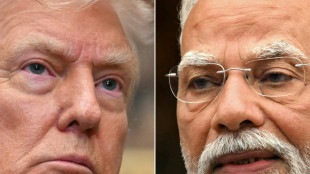
-
 Indonesia turns down ear-splitting 'haram' street parties
Indonesia turns down ear-splitting 'haram' street parties
-
North Korea test-fires two new air defence missiles: KCNA

-
 Sinner, Sabalenka chasing rare repeats as US Open gets underway
Sinner, Sabalenka chasing rare repeats as US Open gets underway
-
Venezuela rallies militia volunteers in response to US 'threat'


First 'concrete picture' of Neanderthal family revealed by DNA
The original Flintstones? The largest genetic study of Neanderthals ever conducted has offered an unprecedented snapshot of a family, including a father and his teenage daughter, who lived in a Siberian cave around 54,000 years ago.
The new research, published in the journal Nature on Wednesday, used DNA sequencing to look at the social life of a Neanderthal community, finding that women were more likely to stray from the cave than men.
Previous archaeological excavations have shown that Neanderthals were more sophisticated than once thought, burying their dead and making elaborate tools and ornaments.
However little is known about their family structure or how their society was organised.
The sequencing of the first Neanderthal genome in 2010, which won Swedish paleogeneticist Svante Paabo the medicine Nobel prize earlier this month, offered a new way to discover more about our long extinct forerunners.
An international team of researchers focused on multiple Neanderthal remains found in the Chagyrskaya and Okladnikov caves in southern Siberia.
The scattered fragments of bones were mostly in a single layer in the earth, suggesting the Neanderthals lived around the same time.
"First we had to identify how many individuals we had," Stephane Peyregne, an evolutionary geneticist at Germany's Max Planck Institute and one of the study's co-authors, told AFP.
- 'Seem much more human' -
The team used new techniques to extract and isolate the ancient DNA from the remains.
By sequencing the DNA, they established there were 13 Neanderthals, seven males and six females. Five of the group were children or early adolescents.
Eleven were from the Chagyrskaya cave, many of them from the same family including the father and his teenage daughter, as well as a young boy and a woman who were second-degree relatives, such as a cousin, aunt or grandmother.
The researchers also worked out that one man was a maternal relative of the father because he had a genetic phenomenon called heteroplasmy, which only passes down a couple of generations.
"Our study provides a concrete picture of what a Neandertal community may have looked like," Max Planck's Benjamin Peter, who supervised the research along with Paabo, said in a statement.
"It makes Neandertals seem much more human to me," he added.
Genetic analysis showed that the group did not interbreed with its nearby relatives such as humans and Denisovans, hominins discovered by Paabo in caves just a few hundred kilometres away.
However we know that Neanderthals did breed with homo sapiens at some point -- Paabo's research also revealed that almost all modern humans have a little Neanderthal DNA.
- Rampant inbreeding -
The community of around 10 to 20 Neanderthals seems to have instead bred largely among themselves, displaying very little genetic diversity, the study found.
Neanderthals existed between 430,000 to 40,000 years ago, so this group was living in the twilight of its species.
The study compared the community's level of inbreeding to endangered mountain gorillas. Another explanation for the inbreeding could be that the Neanderthals lived in an isolated region.
"We are probably dealing with a very subdivided population," Peyregne said.
The researchers found that the group's Y-chromosomes, which are inherited from father to son, were far less diverse than its mitochondrial DNA, which is inherited from mothers.
This suggests that the women travelled more frequently to interact and breed with different groups of Neanderthals, while the men largely stayed home.
Antoine Balzeau, a palaeoanthropologist at France's National Museum of Natural History, said that fossils found in the Sidron Cave in Spain prompted suggestions of a similar Neanderthal community there, but far less complete genetic material is available.
Balzeau, who was not involved in the latest study, said it was "a very interesting technical feat".
But "it will have to be compared with other groups" of Neanderthals, he added.
C.Kovalenko--BTB

